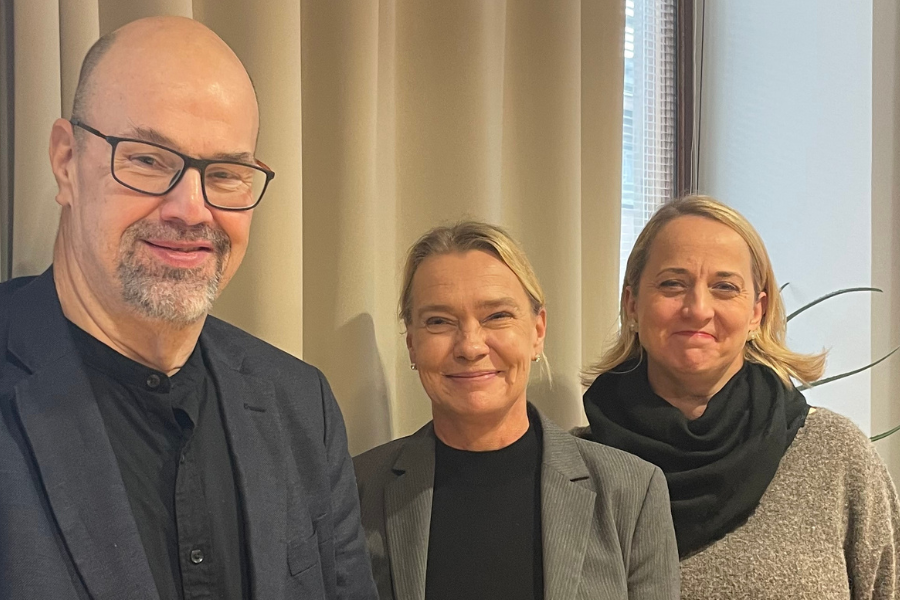
Nonprofits lead the way for female leadership in Spain
April 10, 2024
EFA responds on proposed European cross-border associations directive
April 10, 2024The UK public donated an estimated £13.9bn (€16.2bn) to charities in 2023, an increase of nearly 10%, according to the 20th annual UK Giving Report from the Charities Aid Foundation (CAF).
The rise from £12.7bn in 2022 came despite long-term declines in the number of people giving – this has dropped from 69% of the public in 2016 to 65% in 2019, and to 58% in 2023. Average donations have grown by about 40%, from £47 in 2019 to £65 in 2023.
CAF’s chief executive says these figures demonstrate the need to rethink the country’s approach to philanthropy. Meanwhile, another UK charity sector body has warned that current trends around government grants and contracts are “unsustainable” and that there is a risk of closures unless “urgent action” is taken.
Generous areas
CAF’s report reveals that some of the least affluent areas in the country are among the most generous. For example, people living in the Belfast West parliamentary constituency in Northern Ireland give an average of 2.2% of annual household income to good causes, compared to 0.5% of the income of those in Kensington and Bayswater, a highly affluent part of London.
The most generous constituency in the UK is Sheffield Hallam in the north of England (3.2%), but overall, constituencies in Scotland, Wales and Northern Ireland were more likely than those in England to be among the most generous.
In addition to donations, the report looks at other ways people support charities – a total of 75% of Britons contributed in at least one way, such as donating goods, or volunteering.
The five largest causes receiving donations were: religious organisations (13% of UK total); children and young people (10%); animal welfare (9%); food banks (7%); and overseas aid and disaster relief (7%). Donations for overseas aid and disaster relief dropped significantly, having made up 14% of the total in 2022.
Neil Heslop, Chief Executive of the Charities Aid Foundation, says that Britain remains a “generous country”, but adds:
“It’s concerning that we’re relying on a dwindling group of regular givers, and the typical donation is static and eroded by inflation. That’s why we need to foster a more widespread and sustainable culture of giving to support charities that are squeezed from all sides. Government can set the tone by committing to drawing up a national strategy for philanthropy and charitable giving, ideally as part of a renewed approach to the whole of civil society in every part of the UK.”
Government contracts not enough
Separately, a survey of 331 nonprofits conducted by NCVO (National Council for Voluntary Organisations) shows that 87% are suffering underfunding in their government grants and contracts, and forced to subsidise their costs through other income. Public donations, legacies, income from charity shops and reserve are being used to cover this shortfall.
Nearly half of those organisations say that this government income had never covered the true costs of their work, even before inflation.
The study also shows that 73% of charities cannot meet the demand for their services.
Sarah Vibert, chief executive of NCVO, says:
“The underfunding of government grants and contracts is unsustainable. Back in November 2023… we were clear that if the issue isn’t addressed, charities will close, vital services will be cut, and communities will be failed. We’re already seeing the impact that this lack of action is having and are deeply concerned that more charities will cease operating if this is not urgently addressed.”




